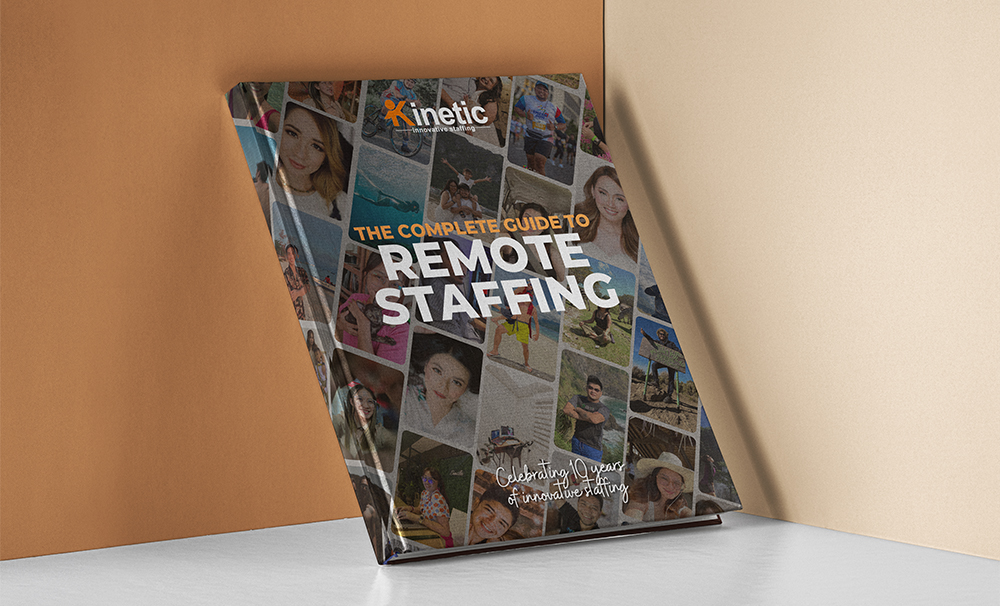What is outsourcing?
Technically speaking, outsourcing is the business practice of hiring an external company to perform services and create goods that traditionally were performed in-house by the company’s own employees and staff.
Outsourcing is not a new concept. Around 950 BC, Israel outsourced manpower from Lebanon to cut timber, and to design and fabricate the temple furnishings. In the 1800s, America outsourced the manufacture of their ship sails to Scotland. In the same period, Britain outsourced the production of textiles to India. Today, arguably anything manufactured has something produced in another country. In the US alone, the average manufacturer outsources 70% to 80% of its finished product.
Apart from manufacturing, a second stage of outsourcing emerged in the 1990s. Following the telecom boom then, services were being outsourced globally, starting with medical transcription outsourcing to India. Soon, data processing, billing and customer services were being outsourced across the globe. The exponential growth of internet connectivity enabled workers in another country to render service halfway around the globe.
By 2017, the global revenue for outsourcing services reached US$89 billion. IT, HR, accounting, front-office and customer-related functions were the main services being outsourced.
Emergence of remote staffing
Remote staffing has its roots with freelancers when online marketplaces such as Sologig and Craigs List emerged in the early 2000s. Companies can now find individual professionals such as web developers, graphic artists, programmers, and marketing specialists on the web to fill specific needs or projects.
With millions of remote professionals on the databases of freelancing sites, the exercise of finding the right professional can prove to be difficult for client companies. Remote staffing companies such as Kinetic have now come into play earlier this decade, to screen and manage full-time contractors. Kinetic plays the role of the HR recruiter to filter candidates from its database and find the right fit for its clients.
The differences between outsourcing and remote staffing
It is understandable to mix up “Outsourcing” with “Remote Staffing,” as each would involve functions being performed outside of the physical confines of the workplace. However, there are key differences between the two, as enumerated below:
- Working arrangement
- With outsourcing, you work with the outsourcing organisation as a whole, regardless of who the individuals doing the actual work are.
- In contrast, remote staffing is working directly with the remote professional as you would with a regular employee.
- Client control
- With outsourcing, the client rarely has any input on the hiring and project development stages, as the outsourcing company will take full control.
- With remote staffing, the client company has full control on who to hire, as well as the development stages of every project or work.
- Application
- Outsourcing is most helpful for companies that do not have in-house expertise in certain functions (i.e. customer service, IT, payroll, etc.). By outsourcing non-core functions, the client company can then focus on core competencies.
- In contrast, remote staffing normally complements the client company’s core competencies. Examples are advertising agencies hiring remote graphic designers, mining firms hiring remote engineers or draftsmen, or IT companies hiring remote programmers and software developers.
One key commonality
Outsourcing and remote staffing both yield significant cost savings versus maintaining in-house staff. According to a recent global survey, cost-savings is the top reason why companies outsource, as mentioned by 59% of respondents. Companies typically save around 15% due to cost reductions brought about from outsourcing. With remote staffing, cost savings average 70%.
Apples and oranges, anyone?
Knowing how different outsourcing is to remote staffing, your needs will determine which one will be of applicable to you.
If you are looking to outsource entire functional areas that are not part of your expertise, then outsourcing would be your best fit. Not only will it provide cost savings, but it will allow you to focus instead on your core competencies and pursue innovation.
If you are looking to build up your team and your company’s core competencies, while managing your costs better, remote staffing provides ideal advantages.
If you would like to know more about remote staffing, get in touch with us at Kinetic through here.




